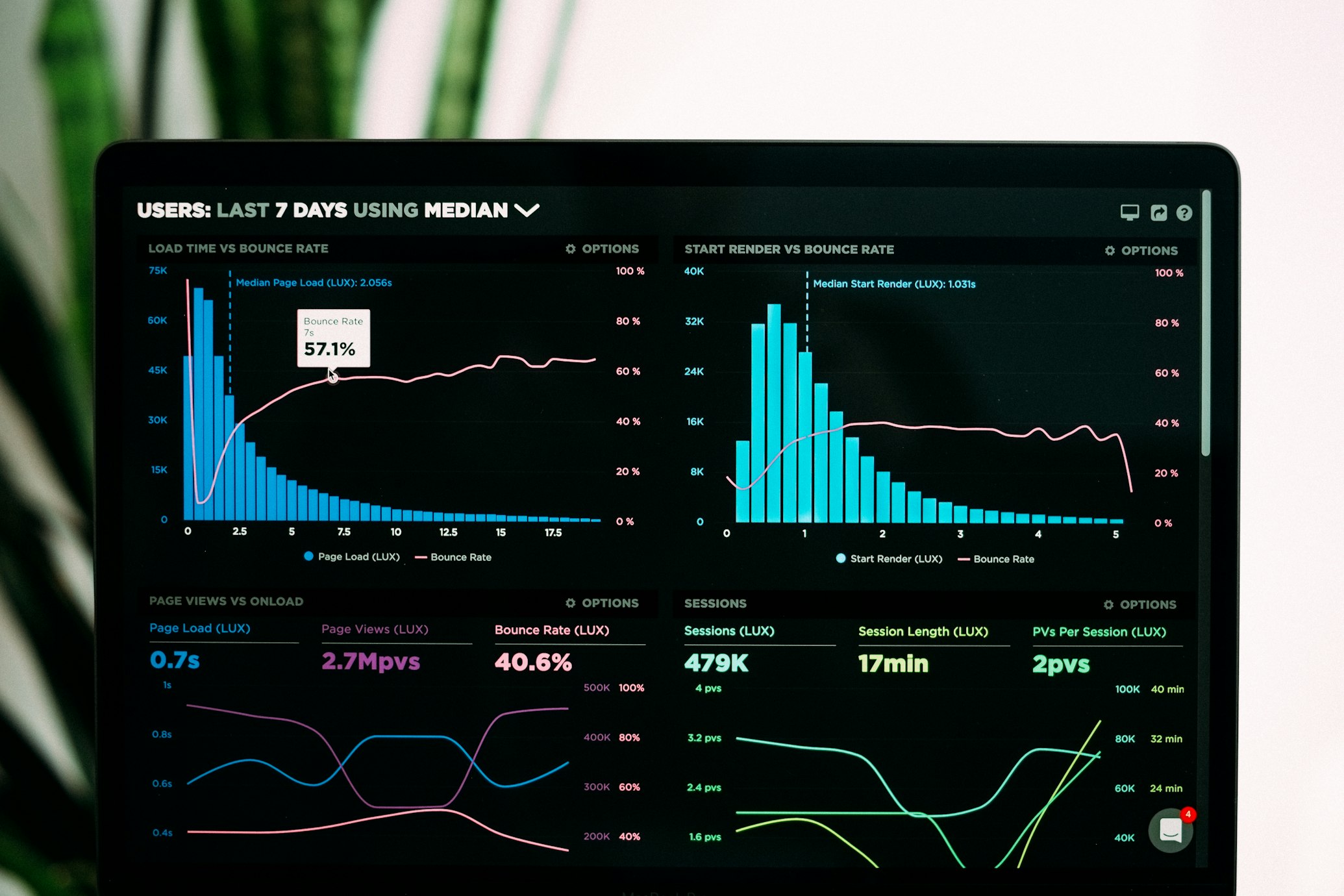The Invisible Artisan
How Laser Microprocessing Transformed China's Technological Landscape
A Beam of Innovation
In September 1961, a brilliant orange-red light pierced a laboratory at the Changchun Institute of Optics—China's first ruby laser. This breakthrough, achieved just a year after the world's first laser, ignited a revolution. Today, laser microprocessing—the science of using focused light to sculpt materials at micron scales—powers everything from smartphones to spacecraft. China's journey from catching up to leading this field showcases how a beam of light can transform a nation's industrial destiny 6 .
The Evolution of Laser Microprocessing in China
From Foundations to Frontiers
1961–1990s: The Pioneer Era
China's laser odyssey began with Wang Zhijiang's team overcoming Cold War-era shortages. Their innovations—like homemade xenon lamps and resonant cavities—made China's first laser more efficient than its U.S. counterpart. By 1964, the Shanghai Institute of Optics pioneered neodymium glass lasers, laying groundwork for microprocessing 6 .
1995: Institutional Acceleration
The National Center of Laser Technology (NCLT) opened, launching state-backed projects in excimer laser microfabrication and powder microsintering. This birthed China's earliest MEMS devices, including polymer micro-gears 3 .
2000s–Present: Industrial Domination
Driven by national strategies like Made in China 2025, laser tech expanded from niche labs to industrial pillars. Key milestones:

Evolution of laser technology in Chinese laboratories
Core Techniques: Sculpting at the Micro Scale
Two Revolutionary Approaches
Excimer Laser Micromachining
- Principle: Ultraviolet light (e.g., 193 nm) breaks molecular bonds without heating, enabling "cold" etching.
- System Innovations:
- Homogenized beams via fly's eye lens arrays for uniform energy distribution.
- Double telecentric optics to maintain precision across large areas 3 .
- Applications: Micro-gears (50–500 μm) and microfluidic biochips for medical diagnostics.
Powder Microsintering
- Process: A YAG laser selectively melts metal/ceramic powders, building layers into 3D microstructures.
- Advantage: Creates complex implants or aerospace components impossible via traditional machining 3 .

Breakthrough Spotlight: The Deep UV Vortex Laser
China's 2025 innovation in semiconductor lithography 2
Objective
Develop a compact solid-state laser generating 193 nm light—critical for etching next-gen chips.
Methodology
- Amplification: A Yb:YAG crystal amplifier produces a 1,030 nm infrared laser.
- Harmonic Generation:
- One beam path: Quadrupled to 258 nm UV (via fourth-harmonic generation).
- Second path: Pumps an optical parametric amplifier, yielding 1,553 nm light.
- Frequency Mixing: Cascaded lithium triborate (LBO) crystals merge 258 nm and 1,553 nm beams into 193 nm light.
- Vortex Creation: A spiral phase plate twists the beam, adding orbital angular momentum.
Results
| Parameter | Performance | Significance |
|---|---|---|
| Wavelength | 193 nm | Matches ArF excimer lasers used in chip lithography |
| Average Power | 70 mW | Highest ever for solid-state 193 nm source |
| Repetition Rate | 6 kHz | Enables high-throughput manufacturing |
| Beam Type | Vortex | Allows precise material manipulation |
Impact
This laser promises cheaper, smaller alternatives to gas excimer lasers, revolutionizing semiconductor fabs and quantum device production.

Industrial Domination: Where Lasers Shape Progress
Market Penetration
- Industrial Dominance: 63.5% of China's laser equipment serves manufacturing, especially automotive, batteries, and aerospace 4 .
- Regional Powerhouses:
Region Specialization Key Players Yangtze Delta High-power cutting HGLASER, Huagong Tech Pearl Delta Small/medium lasers Han's Laser Bohai Rim Laser cladding Chuangxin Laser
Cutting-Edge Applications

The Scientist's Toolkit: Essential Microprocessing Solutions
| Reagent/Material | Function | Example Use Case |
|---|---|---|
| Yb:YAG Crystal | Laser gain medium | Amplifies 1,030 nm beams in deep UV systems |
| LBO Crystals | Frequency conversion | Generates 193 nm light via cascaded mixing |
| Metal Powders | Sintering feedstock | Building titanium orthopedic implants |
| Fly's Eye Lens | Beam homogenization | Uniform excimer exposure for MEMS |

Challenges and the Road Ahead
Hurdles to Overcome
- High-Power Competition: Price wars in >6 kW lasers squeeze margins 1 .
- Core Component Gaps: Some UV optics still imported.
Future Frontiers
- Hybrid Manufacturing: Integrating AI for real-time process control 7 .
- Quantum & Bio-Engineering: Laser-fabricated sensors for disease detection .
Light as the Engine of Progress
From micro-gears in 1995 to vortex beams in 2025, China's laser microprocessing journey mirrors its rise as a tech superpower. As Zhang Qingmao of the Optical Society notes, the industry's 6% annual growth—even amid global crises—proves its role as an economic catalyst 7 . With 'intelligent manufacturing' as the next horizon, the laser's beam continues to carve China's path from industrial giant to innovation leader.
"Your laser is much more efficient than Maiman's."